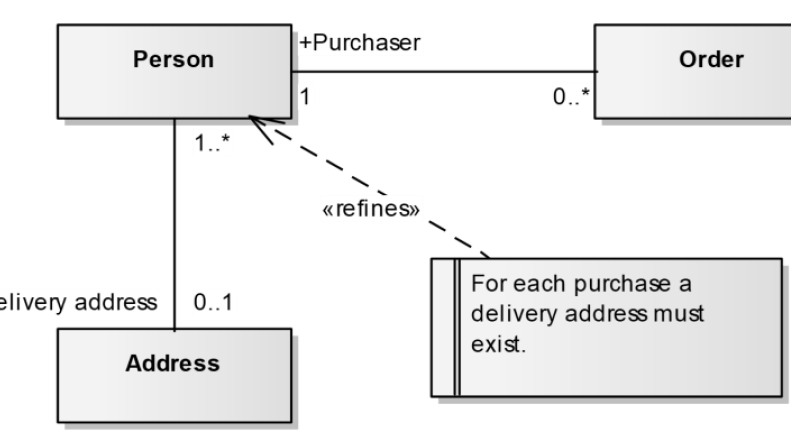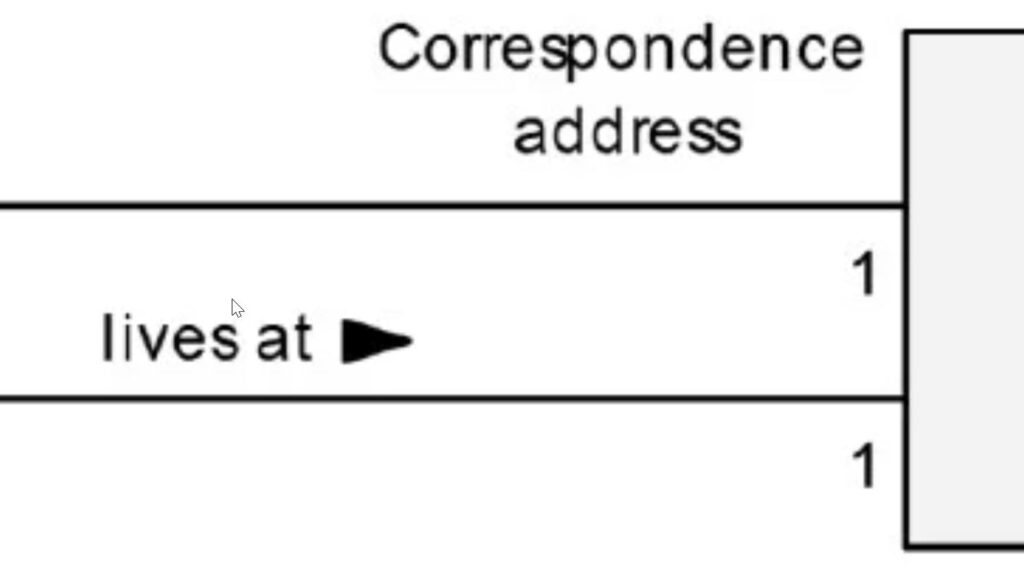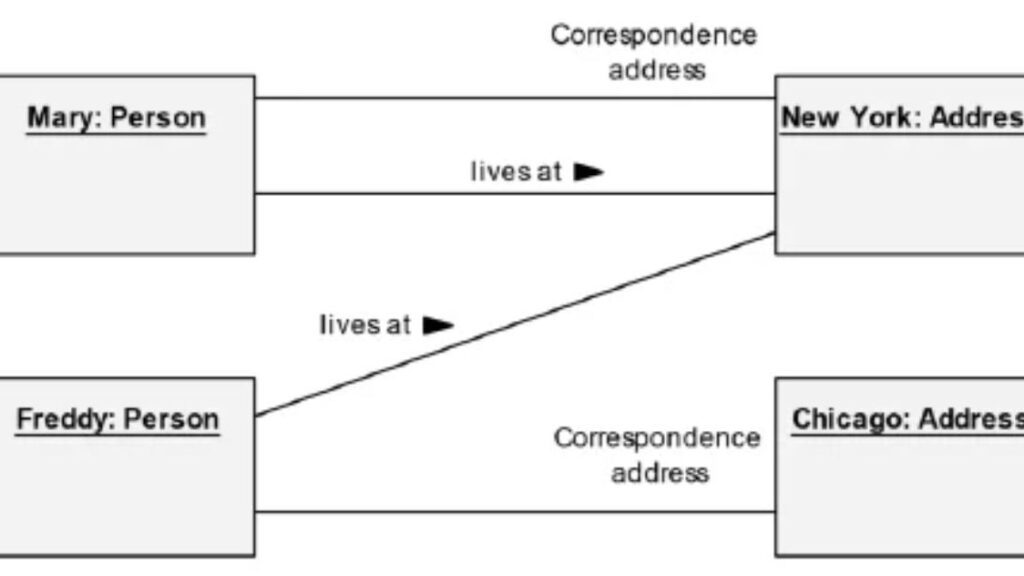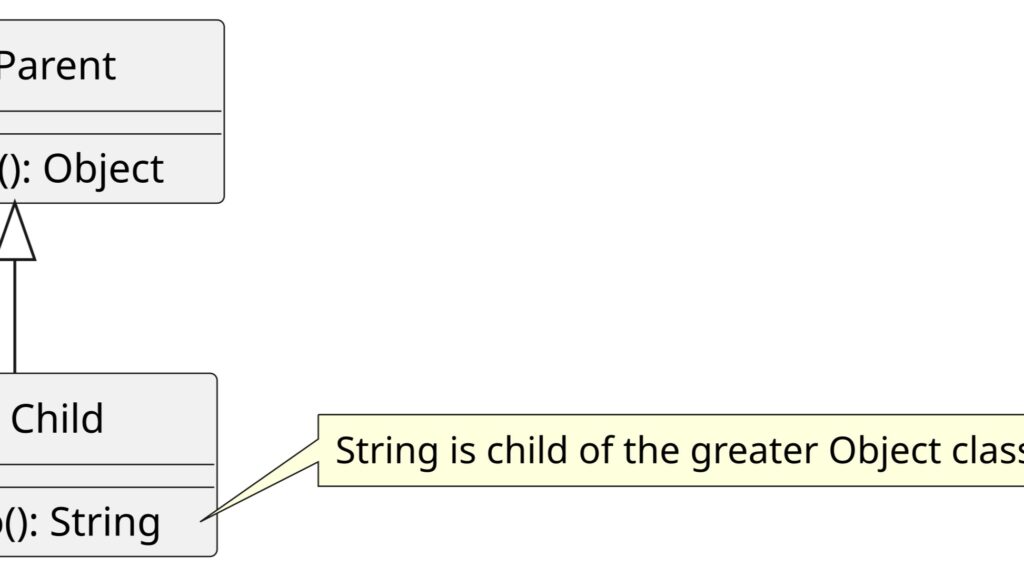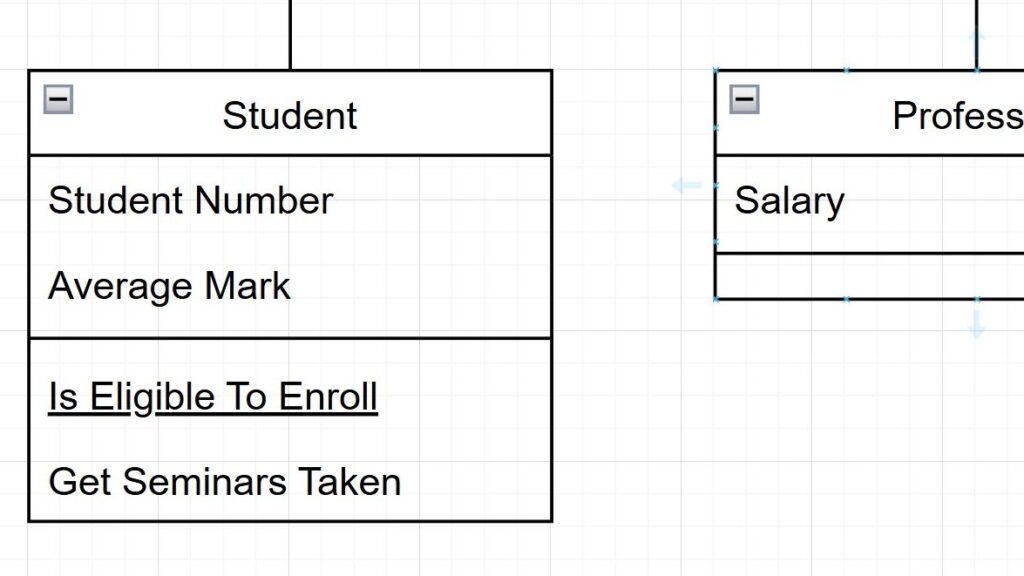4 Practical Tips for UML Modeling – Making Your Diagrams Speak for Themselves
Creating UML diagrams can seem overwhelming at first, but with the right approach, it becomes much easier. In this article, I’ll share practical tips for UML modeling to help you create clear and meaningful diagrams. These tips for UML modeling focus on avoiding common mistakes, improving consistency, and enhancing communication across teams. By following them, you’ll gain confidence in turning complex ideas into structured visual models that truly represent your system.
4 Practical Tips for UML Modeling – Making Your Diagrams Speak for Themselves Read More »


